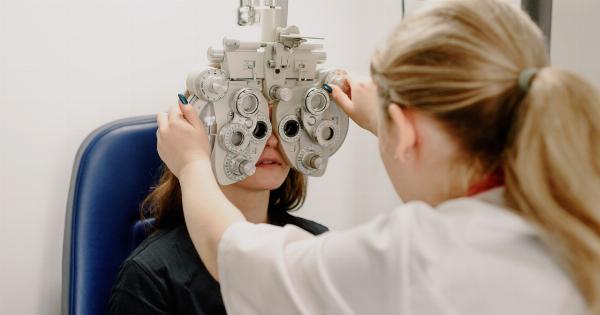Smoking during pregnancy has long been known to have detrimental effects on the health of both the mother and her unborn child.
From an increased risk of preterm birth and low birth weight to developmental issues and respiratory problems, the negative consequences of smoking while pregnant are well-documented. However, recent studies have shed light on another alarming risk associated with smoking during pregnancy – an increased likelihood of Sudden Infant Death Syndrome (SIDS).
Understanding Sudden Infant Death Syndrome (SIDS)
Sudden Infant Death Syndrome, commonly referred to as SIDS, is the sudden and unexplained death of a baby under one year of age. It typically occurs during sleep and can happen to seemingly healthy infants without any warning signs.
SIDS is a devastating tragedy for families, and medical professionals have been working tirelessly to uncover the factors that can contribute to this heartbreaking occurrence.
The Link Between Smoking and SIDS
Research has consistently shown that smoking during pregnancy significantly increases the risk of SIDS. Several studies have revealed a strong correlation between prenatal smoking and infant deaths attributed to SIDS.
For instance, a study conducted by the National Institute of Child Health and Human Development (NICHD) found that babies born to women who smoked during pregnancy were three times more likely to die from SIDS compared to babies born to non-smoking mothers.
How Smoking Affects the Unborn Baby
Smoking exposes the baby to harmful substances such as nicotine, carbon monoxide, and numerous other toxic chemicals.
These substances can restrict the flow of oxygen and essential nutrients to the developing fetus, leading to compromised growth and development. Additionally, smoking causes damage to the baby’s respiratory system, predisposing them to respiratory illnesses and infections.
Secondhand Smoke and SIDS
It’s not only smoking during pregnancy that increases the risk of SIDS but also exposure to secondhand smoke after birth.
Infants who are regularly exposed to secondhand smoke are at an increased risk of SIDS, even if their mothers did not smoke during pregnancy. This highlights the importance of creating a smoke-free environment for the baby, both during pregnancy and after birth.
The Role of Nicotine in SIDS
Nicotine, the addictive component of cigarettes, has been identified as a key player in the increased risk of SIDS among infants exposed to smoking.
Nicotine affects the central nervous system and can interfere with the regulation of the baby’s breathing and arousal during sleep, which are crucial protective mechanisms against SIDS. Furthermore, nicotine can also adversely affect the development of the baby’s brainstem, which is responsible for controlling vital functions such as breathing and heart rate.
Reducing the Risk: Quitting Smoking
The ideal way to eliminate the increased risk of SIDS associated with smoking during pregnancy is to quit smoking altogether.
Studies have shown that quitting smoking before pregnancy or during the early stages can significantly reduce the risk of SIDS to that of a non-smoker. Quitting smoking is undoubtedly challenging, but seeking support from healthcare professionals, joining support groups, or utilizing cessation programs can greatly increase the chances of success.
Supportive Measures for Smoking Mothers
For expectant mothers who are struggling to quit smoking, certain supportive measures can help minimize the risk of SIDS. Here are some recommendations:.
1. Seek professional help:
Consult with a healthcare provider who specializes in smoking cessation during pregnancy. They can provide guidance, resources, and support tailored to your specific needs.
2. Create a smoke-free environment:
Avoid all kinds of smoke, including both first and secondhand smoke. Ensure that your home, car, and workplace are smoke-free zones.
3. Inform friends and family:
Let your loved ones know about your decision to quit smoking and request their support and understanding. Ask them to refrain from smoking around you or in your presence.
4. Explore alternative therapies:
Consider trying alternative therapies such as acupuncture or hypnosis, which have shown promise in helping individuals quit smoking.
5. Join support groups:
Connect with other expectant mothers who are going through a similar journey. Sharing experiences and insights can provide valuable support and encouragement.
6. Understand the risks:
Educate yourself about the potential risks that smoking poses to both you and your baby. Understanding the consequences can serve as a powerful motivation to quit.
Conclusion
Smoking while pregnant has long been associated with a myriad of health risks for both the mother and the baby. The increased risk of Sudden Infant Death Syndrome (SIDS) is a concerning consequence of maternal smoking.
The toxic substances present in cigarettes, along with nicotine’s impact on the baby’s vital functions, contribute to this heightened risk. Quitting smoking is the best way to eliminate this danger, and seeking professional help and support is crucial for success.
By taking proactive measures to create a smoke-free environment and making a firm commitment to the health and well-being of both mother and child, the risk of SIDS can be significantly reduced.





























